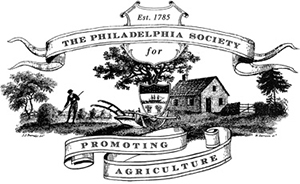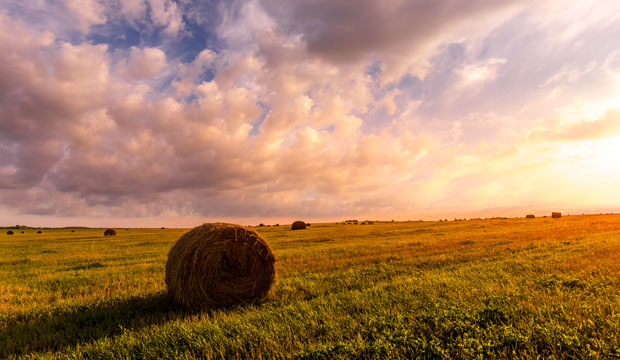According to the American Farmland Trust, an excellent non-partisan non-profit organization, Pennsylvania is one of the states under threat of losing more farmland but we also have proactive policies to prevent it. Other states (like Florida) have virtually no programs to protect farmland. The US and world keep inching toward a crisis – it’s like the frog in the pot of water that slowly approaches the boiling point. Diminishing farmland, destroying forests, depleting aquifers and on and on. We don’t notice because it happens gradually and everything still seems fine. Let’s take steps to protect and restore our world during our lifetimes!
Millions of acres of America’s agricultural land were developed or converted to uses that threaten farming between 2001 and 2016, according to “Farms Under Threat: The State of the States,” a comprehensive new report by American Farmland Trust. The 68-page report’s Agricultural Land Protection Scorecard is the first-ever state-by-state analysis of policies that respond to the development threats to farmland and ranchland, showing that every state can, and must, do more to protect their irreplaceable agricultural resources.
“The State of the States” report shows the extent, location, and quality of each state’s agricultural land and tracks how much of it has been converted in each state using the newest data and the most cutting-edge methods. The Agricultural Land Protection Scorecard analyzes six programs and policies that are key to securing a sufficient and suitable base of agricultural land in each state and highlights states’ efforts to retain agricultural land for future generations. It offers a breakthrough tool for accelerating state efforts to make sure farmland is available to produce food, support jobs and the economy, provide essential environmental services, and help mitigate and buffer the impacts of climate change.
Agricultural lands are essential to a more resilient America that is better prepared for crises.
Farmland is vital to this nation’s food security, yet it continues to be paved over, fragmented, or converted to poorly planned residential, commercial, and industrial uses. Between 2001 and 2016 alone, 11 million acres of the nation’s irreplaceable agricultural land was lost or fragmented, equal to all the land in the U.S used to produce fruits, vegetables, and nuts in 2017. Roughly 4.4 million of these acres were “Nationally Significant” — our best land for food and crop production.
Because of the COVID-19 pandemic, millions of Americans have seen empty grocery shelves for the first time in their lives. We have come to realize how critically important farmers are to us, how we turn to them in crises, and how they innovate to meet demand. But they can’t do their job and we won’t have sufficient healthy food without farmland.
The U.S. holds the world’s greatest concentration of fertile soil suited for growing food and other crops. However, only 39 percent the agricultural land in the lower 48 states is defined by AFT as “Nationally Significant” land, which can reliably produce abundant yields for many decades to come, if farmed sustainably.
Each state needs to secure a critical mass of high-quality farmland to ensure that its food system is resilient in the face of extreme disruptions. After all, what is more essential to human life and society than healthy food? We need agriculture, especially environmentally sound “regenerative” agriculture, to survive. As a nation, it will take regionally diverse and sometimes redundant systems to support the increasingly complex public demands on agriculture. All states must act to protect farmland.
Ag Daily, Published May 20, 2020

